Answer Engine Optimization is the practice of preparing your content so AI-driven answer systems (featured snippets, Google AI Overviews, Bing Copilot, ChatGPT-style assistants, voice assistants) will synthesize, cite, and present your content as the answer. AEO expands classic SEO tactics, structured data, clear Q→A writing, authoritative sources, and excellent UX, with a stronger emphasis on concise, well-sourced answers and content architecture that’s machine-friendly.
What is Answer Engine Optimization ?
Answer Engine Optimization (AEO) is the process of structuring and creating web content so it’s readily discoverable, digestible, and cite-able by AI-powered answer engines: the systems that return direct answers rather than a list of links.
These answer engines include Google’s featured snippets and AI overviews, Bing’s Copilot and Bing Chat, Perplexity, ChatGPT-like integrations that call the web, and voice assistants like Google Assistant and Alexa.
The goal of AEO is to have your content used as the answer (or one of the sources) in these synthesized responses.
How AEO differs from traditional SEO:
- Unit of value changes: SEO optimizes pages and keywords; AEO optimizes discrete answers (paragraphs, lists, tables, Q&As).
- Signal emphasis shifts: AEO values structured, concise answers and authoritative context, not just keyword density or backlinks alone.
- Outcome differs: AEO aims to be cited inside an answer, not merely ranked in a list.
Why AEO matters now
Search is shifting from keyword-driven result lists to answer-first experiences. Instead of scanning SERPs, users increasingly accept a single, concise answer delivered by an AI or voice assistant.
This trend accelerated as generative models and search engines integrated conversational interfaces and web-citation behaviour. Businesses that appear in these answers get visibility, clicks, and crucially, trust and conversions. Analysts and industry reporting show growth in AI-generated search interactions and steady prevalence of featured snippets, which are often the source for voice answers.
Key data points:
- Featured snippets appear in roughly one-in-five SERPs in recent studies. These position zero answers still matter for click share and voice results.
- Voice and conversational search usage remains meaningful: roughly 1 in 5 people use voice search regularly, and a significant portion of voice responses surface featured-snippet-style answers. This makes concise, structured answers essential.
- Industry coverage and startups highlight AEO as a rapidly emerging discipline. Companies and content platforms are reworking content strategies to win AI-driven answers.
Also Read: What is Google’s “People Also Ask” and How Does It Work?
Core Principles of Successful AEO
Optimizing for Answer Engine Optimization (AEO) requires more than just traditional SEO tactics. It’s about structuring your content so that AI-driven platforms like Google’s AI Overviews, Bing Copilot, and ChatGPT can quickly identify, extract, and deliver the most relevant parts of your page to users. Below are the five foundational principles for achieving AEO success:
1. Answer-First Mindset
The heart of AEO is immediate satisfaction of user intent. This means providing the answer right away, preferably in the first 1–2 sentences of your section. Instead of building up to the answer, start with a direct, factually correct response that’s short, clear, and matches search intent. Once the core answer is provided, follow it with supporting explanations, statistics, and examples. This mirrors how answer engines prefer structured, “ready-to-serve” snippets.
Example: If the query is “What is AEO?”, start with:
“Answer Engine Optimization (AEO) is the practice of structuring online content so AI-powered search tools can easily extract and deliver accurate answers to user queries.”
Then expand on its benefits, strategies, and applications.
2. Machine-Readability
Answer engines rely on structured data to understand your content’s hierarchy and meaning. This is where schema markup and consistent HTML structures come in. Use Q&A schema for question-and-answer content, HowTo schema for step-based instructions, Product schema for product facts, and Table markup for comparison data.
Additional tips:
- Use proper heading tags (H2, H3) to separate questions and answers.
- Keep each answer clearly scoped to its question.
- Avoid burying answers deep inside long, unstructured paragraphs.
The goal is to make your page machine-friendly so AI crawlers can easily extract the exact data they need without confusion.
3. Authority & Provenance
AI tools increasingly prioritize trusted and verifiable sources. This means you must demonstrate expertise and provide clear source attribution.
Best practices include:
- Linking to credible references.
- Adding timestamps to indicate freshness.
- Showing author credentials or business expertise.
- Using data from authoritative studies, government sites, or industry reports.
When an Answer Engine sees that your content comes from a knowledgeable, transparent source, it’s more likely to feature your response over generic or unverified material.
4. Conciseness + Context
For AEO, brevity is essential, but so is depth. Many AI-driven answers prefer a 20–60 word direct answer for the initial response. This should be followed by supporting details, context, and related insights.
This two-layer approach works because:
- The short version satisfies users who want a quick answer.
- The expanded context satisfies users who need deeper understanding, examples, or related solutions.
For example, if you answer “How do you optimize for AEO?” in 40 words, you could then elaborate on each step with examples, case studies, and links to related resources.
5. Question Coverage Breadth
AEO rewards topic completeness. Instead of focusing on a single keyword, target clusters of related questions users may ask.
For example, if you’re covering “Local SEO,” you might also answer:
- What is local SEO?
- How does Google determine local rankings?
- How can small businesses improve local visibility?
- What tools help with local SEO?
By covering related questions, you increase your chances of appearing in multiple AI-generated answers and “People Also Ask” boxes, while signaling to answer engines that your content is the most comprehensive resource available.
Also Read: AI SEO Strategies for 2025
Detailed strategies to optimize for AEO
Below are tactical approaches you can implement. Each maps to how answer engines parse and choose content.
1. Structure content for direct answers (format, headings, and Q&A blocks)
- Use question-style H2/H3 headings: “What is X?”, “How do I do Y?”, “X vs Y: which is better?”
- Place a concise answer (1–3 sentences) immediately below the question heading. Answer engines often extract the first clear answer under a question heading.
- Use bullet lists for steps and numbered lists for procedures. Lists are frequently used as featured snippets and voice responses.
2. Use schema/structured data (FAQ, QAPage, HowTo, Product)
- Implement appropriate schema types: FAQPage, HowTo, QAPage, Product, Article, Dataset. Google documents FAQ structured data specifically and has examples and guidelines. Structured markup helps answer engines locate Q&A and step sequences.
- Follow search engine guidelines precisely. Don’t mark up hidden content or obviously manipulate results. Google does not guarantee showing structured results and will penalize deceptive markup.
3. Conversational content that targets long-tail, question-based queries
- Research real questions via tools: People Also Ask (PAA), AnswerThePublic, Ahrefs/SEMrush question filters, and conversational prompts.
- Write in natural language that mirrors how users ask questions (think about voice queries). A large share of voice queries are conversational in nature, so plan to answer them directly.
4. Answer formatting optimized for featured snippets and voice
- For definition queries, use a short paragraph (25–50 words) plus an example.
- For how-to queries, use numbered steps with a short lead sentence.
- For comparison queries, use a short summary and a table. Tables can win snippet placements for comparison and data queries.
5. Prioritize page speed, mobile UX, and content scannability
Answer engines and voice assistants often render answers from mobile-first content. Fast load times, clear headers, accessible markup, and mobile-friendly layouts increase the chance of being selected. Use Core Web Vitals and mobile usability best practices.
6. Source & cite high-quality references
AI-driven answers frequently look for trustworthy sources. Cite primary sources, research, whitepapers, and official docs inside the content. This improves the chance your page is included as a supporting source for synthesized answers.
7. Content hubs and question clusters
Organize content as hubs that comprehensively answer an intent cluster: pillar page plus supporting Q&A pages. Answer engines like comprehensive, well-linked coverage for factual confidence.
8. Monitor evolving answer types and adapt
AEO is fast-moving. Regularly audit top queries and update short answer blocks and schema to reflect changes. Some research shows the number and format of featured snippets have shifted with AI overviews, so monitor and adapt.
Also Read: Voice Search Optimization: 5 Strategies to Rank Higher in 2025
Step-by-step AEO implementation guide
Follow this prioritized Phase checklist. Do the top items first.
0 Phase: Audit & Discovery
- Query inventory: Run keyword research and question-gap analysis with SEMrush, Ahrefs, and Google Search Console. Capture PAA, People Also Ask items, and common voice queries.
- Current snippet audit: Identify pages that already rank in top 10 but aren’t featured snippets. These are low-effort wins. Use SERP-snippet tracking.
1st Phase: Prepare The Content
- Map intent clusters: Group queries into pillar and cluster architecture.
- Authoritative rewrites: For each priority query, craft a short direct answer (20–60 words) followed by an expanded section. Use consistent headings.
2nd Phase: Markup & Publish
- Add schema: Implement FAQPage, HowTo, QAPage, Product, and Article as appropriate using JSON-LD. Validate with Google’s Rich Results Test.
- Accessible markup: Use semantic HTML, proper heading order, and visible answers. Don’t hide answers behind tabs or nonaccessible elements. Google may ignore hidden content for rich results.
3rd Phase: Technical Optimization
- Speed & mobile: Optimize Core Web Vitals, compress assets, and preconnect to critical origins. Prioritize mobile-first layouts.
- Server & API readiness: If you provide data APIs such as product specs, rates, or schedules, make sure they’re crawlable or publish a static canonical summary for answer engines to use.
4th Phase: Measurement
- Tracking: Use Google Search Console to track impressions for queries and pages. Use GSC’s Performance report to find queries that trigger PAA and snippets. Use analytics events to track clicks and conversions after a snippet appearance.
- A/B and experiments: Where possible, A/B the short answer language and placement, top-of-page versus a separate FAQ. Monitor changes in impressions, CTR, and conversion.
Recommended tools
- Research & keywords: SEMrush, Ahrefs, Moz, AnswerThePublic, People Also Ask tools.
- Markup & validation: Google Search Console, Rich Results Test, Schema.org docs.
- Content optimization: SurferSEO, Clearscope, MarketMuse for intent-based content coverage.
- Monitoring: Google Search Console, Bing Webmaster Tools, analytics (GA4), rank-tracking tools that show featured snippet presence.
Also Read: How to Perform a Comprehensive SEO Audit: A Step-by-Step Guide
Common Mistakes to Avoid (and How to Fix Them)
Even experienced SEO professionals can fall into traps when trying to optimize for Answer Engine Optimization (AEO). Below are some of the most common pitfalls, along with practical solutions to correct them.
1. Over-Optimizing with Spammy Schema
Mistake: Adding structured data markup for content that’s not actually visible to users or inflating facts to manipulate answer engines. This is a direct violation of Google’s structured data guidelines.
Impact: Risk of losing eligibility for rich results and potentially receiving manual penalties.
How to Fix:
- Mark up only the content users can see on the page.
- Ensure accuracy and transparency in all schema fields.
- Validate markup using Google’s Rich Results Test and fix warnings or errors.
- Regularly review schema for compliance with Google’s evolving rules.
2. Only Writing Short Answers
Mistake: Focusing solely on brief, snippet-friendly responses without providing supporting details.
Impact: While short answers may earn you a featured snippet or voice search placement, they often lack depth, which hurts user engagement and conversions.
How to Fix:
- Start with a concise 20–60 word answer for snippet eligibility.
- Immediately follow with in-depth explanations, relevant examples, visual aids, and internal links.
- Incorporate calls-to-action (CTAs) to guide users toward the next step.
3. Ignoring Authority & Sources
Mistake: Publishing answers without showing where the information came from or without establishing expertise.
Impact: Answer engines prioritize trustworthy, verifiable content, so lack of citations can reduce your chances of being featured.
How to Fix:
- Include citations from reputable sources, studies, and official documents.
- Link to primary sources rather than secondary summaries.
- Highlight your own credentials or industry recognition to reinforce authority.
4. Not Tracking Query-Level Results
Mistake: Optimizing without monitoring which queries are triggering snippets or answer box appearances.
Impact: You won’t know what’s working or where to focus further improvements, leading to wasted effort.
How to Fix:
- Use Google Search Console to track impressions, clicks, and rankings for question-based queries.
- Employ snippet tracking tools to monitor changes in SERP features.
- Review performance regularly to identify trends and optimization opportunities.
5. Treating AEO as a One-Time Project
Mistake: Implementing AEO strategies once and never revisiting them.
Impact: AI models and SERP features evolve quickly, making outdated content less likely to be surfaced in answers.
How to Fix:
- Review and refresh your Q&A content quarterly or whenever industry changes occur.
- Monitor updates in search engine algorithms and answer engine behavior.
- Continuously expand your coverage of related questions to maintain authority in your niche.
The Future of AEO: What’s Next and How to stay ahead
AEO will evolve as AI models become better at multi-source synthesis and as platforms refine when and how they cite web content. A few predictions and recommended behaviors:
- Greater importance of provenance and citations: As AI tools strive for responsibility, they’ll prefer sources with clear authority and verifiable facts. Prioritize transparent sourcing and fact-checking.
- Answer diversity and multi-format synthesis: Expect synthesized answers that combine short text, tables, and short video or audio clips. Prepare multi-format answer assets such as text plus a short explainer video and a data table.
- Real-time and dynamic data integration: For time-sensitive queries like prices and availability, answer engines will favor sources with reliable, up-to-date structured feeds. Consider publishing machine-readable APIs or frequently updated canonical summaries.
- Brand-level visibility vs. click-throughs: Brands may gain visibility inside AI answers even when clicks decline. Measure branded conversions and assisted conversions, not clicks alone.
How to stay ahead:
- Invest in authoritative content: Research-driven, well-cited assets will be prioritized.
- Operationalize content refreshes: Set a cadence to test and refresh concise answers, schema, and data feeds.
- Experiment with multi-format answers: Short videos, data tables, and downloadable assets can be synthesized into richer answers.
FAQs on Answer Engine Optimization (AEO)
1. What is Answer Engine Optimization (AEO)?
AEO is the practice of optimizing web content so search engines and AI assistants can easily find, understand, and present accurate answers to user questions.
2. Why is AEO important in today’s SEO?
AEO ensures your content appears in featured snippets, AI-driven search, and voice results, increasing visibility, authority, and click-through rates by delivering precise, helpful answers.
3. How does AEO differ from traditional SEO?
Unlike traditional SEO focusing on rankings, AEO targets concise, structured answers optimized for AI, featured snippets, and voice assistants, improving your chances of direct result placement.
4. How can businesses implement AEO effectively?
Businesses can implement AEO by creating clear, concise answers, using schema markup, and structuring content with headings, lists, and keyword-rich questions that match user intent.
5. Does AEO improve voice search results?
Yes. Voice assistants often return one direct answer. Optimizing for AEO increases your chances of being selected as the preferred spoken response in voice searches.
6. What role does schema markup play in AEO?
Schema markup helps search engines understand context and meaning, making your content more likely to appear as structured, accurate answers in AI-powered search results.
7. Can AEO increase website traffic?
Yes. By securing top positions in answer boxes and AI responses, AEO drives more qualified visitors who are already interested in your topic or service.
8. How does AEO work with featured snippets?
AEO aligns with featured snippets by providing short, relevant answers. Search engines prefer well-structured, clear responses that directly match the user’s search intent and query.
9. What mistakes to avoid in AEO?
Avoid overly complex language, unverified facts, poor formatting, and missing schema. These reduce search engines’ ability to extract and display your content as an authoritative answer.
10. Is AEO relevant for all industries?
Yes. Any industry can benefit from AEO, as it improves visibility in AI-powered search and voice assistants, enhancing credibility and increasing opportunities for lead generation.
Final thoughts
AEO is not SEO 2.0 replacing everything you know. It’s an evolution. The core SEO instincts still apply: help users, be authoritative, and make pages technically accessible.
What changes is how content must be presented: shorter, clearer answers up front; machine-readable structure; and a focus on demonstrable authority that answer engines can cite.
Brands that make the shift will gain visibility in the places people increasingly ask questions and will capture not just clicks but trust and conversions when their answers are chosen.



















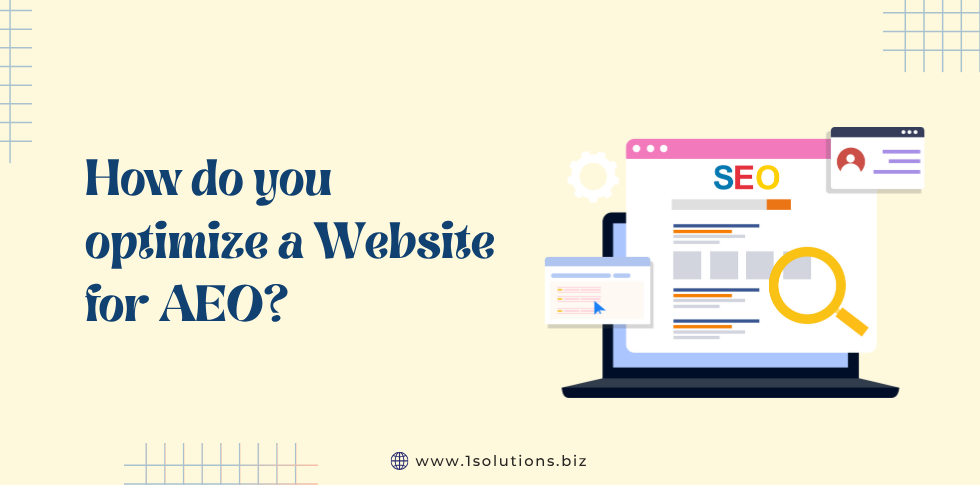
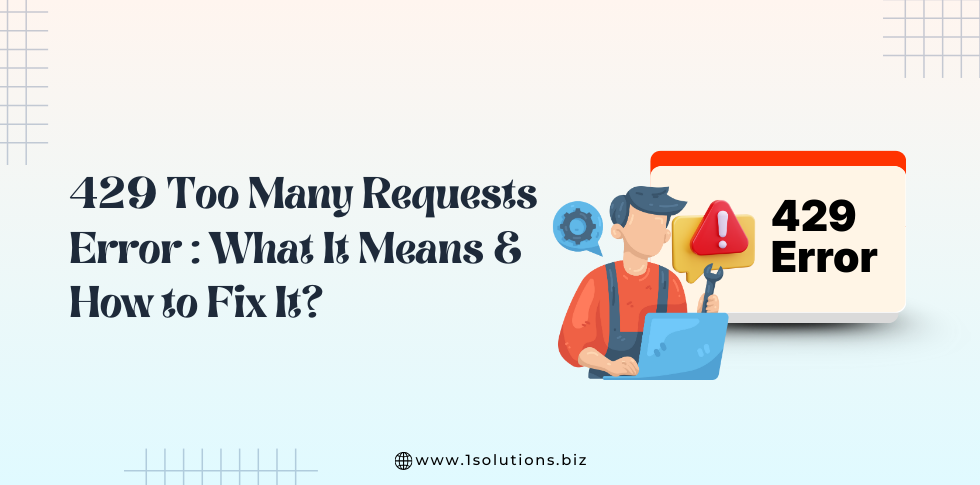
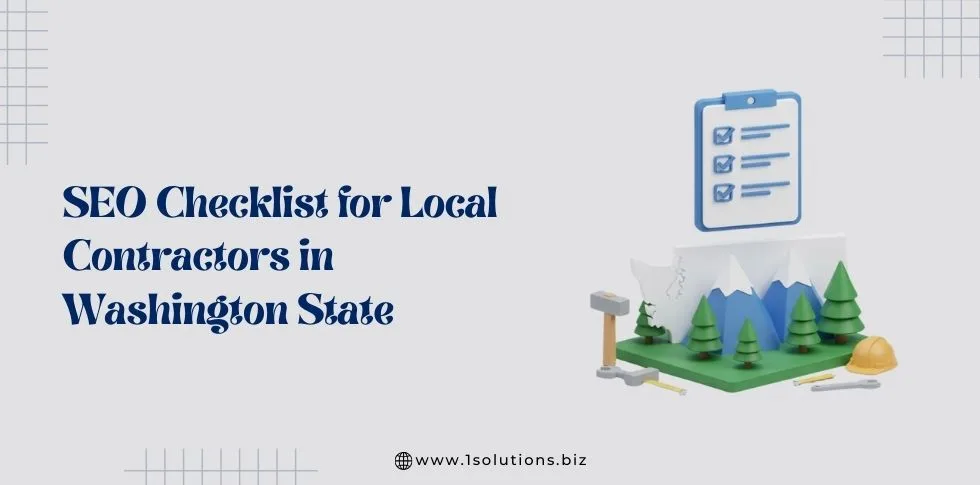
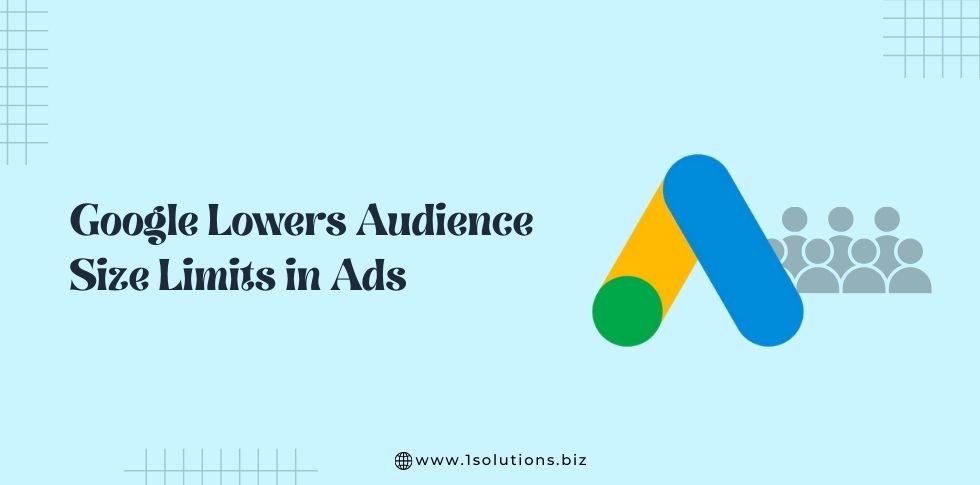

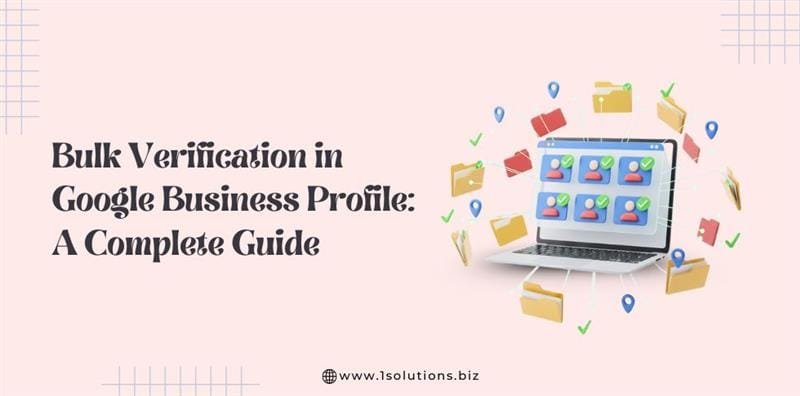
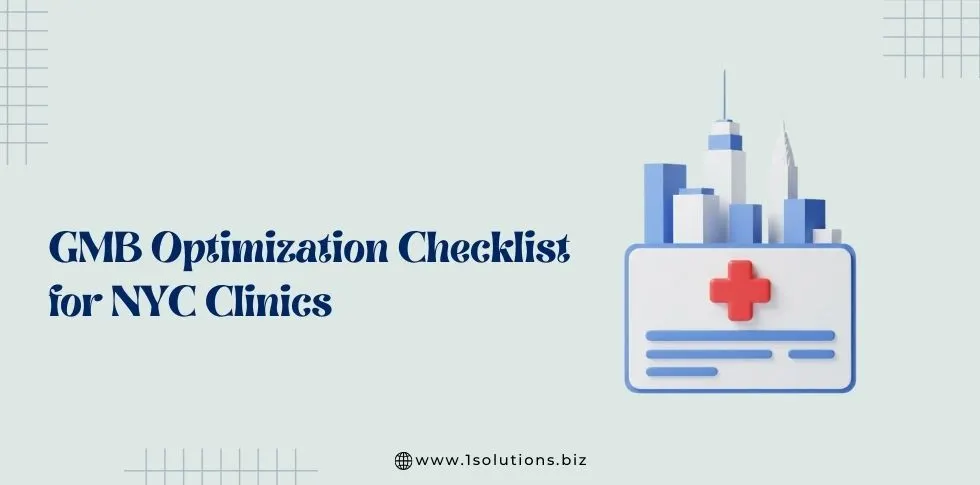
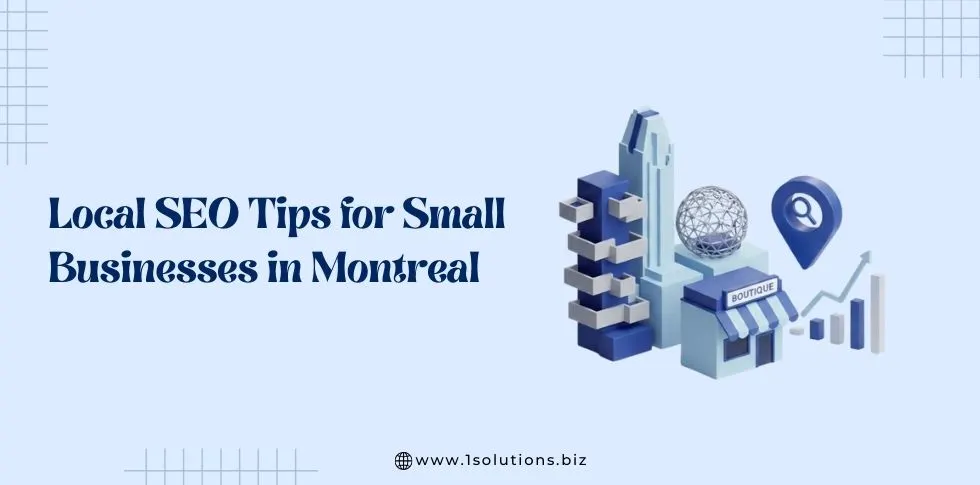
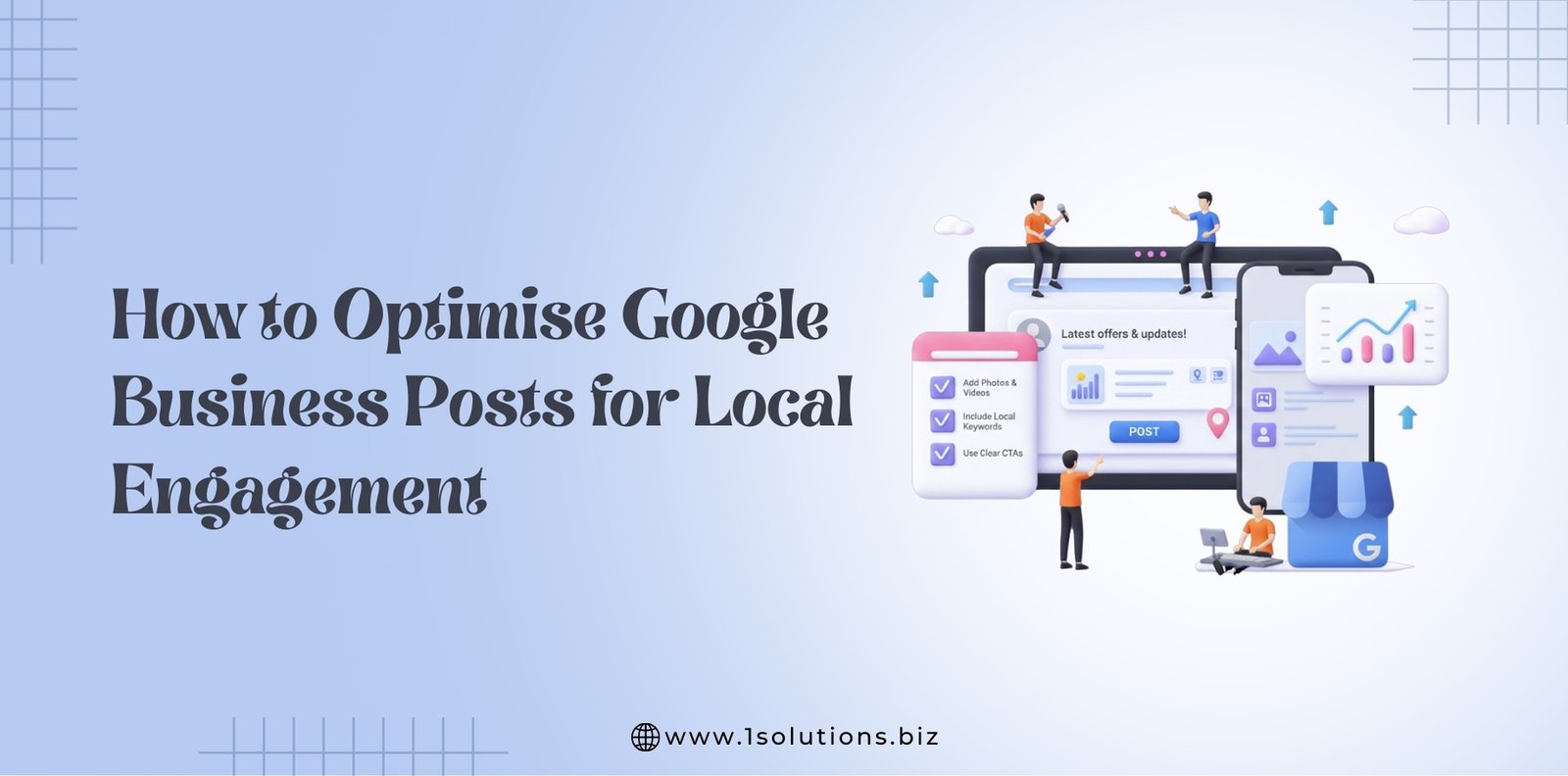




 in India
in India